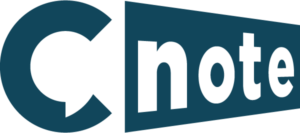Buyer’s Guide
Mortgage Underwriting Software
In an increasingly digital world, mortgage lending is evolving quickly, with more options for automation and efficiency than ever before. A critical component of this technological advancement is mortgage underwriting software, which streamlines and enhances the loan approval process. This guide provides an overview of what mortgage underwriting software is, its key features and benefits, and other important considerations for mortgage lenders looking to implement or upgrade their systems.
What is Mortgage Underwriting Software?
Mortgage underwriting software is a specialized type of loan origination software that automates the decision-making process for approving mortgage loans. This software assesses a borrower’s creditworthiness by analyzing their credit score, income, employment history, debt-to-income ratio, property value, and other relevant data. By leveraging algorithms and complex rule engines, the software speeds up what was traditionally a manual and time-consuming process.
Features of Mortgage Underwriting Software
Mortgage underwriting software typically includes a range of features designed to streamline the underwriting process:
- Automated credit risk assessment
- Customizable underwriting guidelines
- Integration with credit bureaus and fraud detection services
- Document management and verification
- Compliance checks and reporting
- Decision engines for calculating loan terms
- Workflow automation
Benefits of Mortgage Underwriting Software
The adoption of mortgage underwriting software offers numerous benefits:
- Increased Efficiency: Automation significantly reduces the time needed for manual data entry and analysis.
- Accuracy and Consistency: Software minimizes human error and ensures that every application is evaluated using the same criteria.
- Compliance: Built-in compliance tools help lenders adhere to regulatory standards.
- Scalability: Digital platforms can handle larger volumes of applications without requiring proportional increases in staff.
- Enhanced Customer Experience: Faster turnarounds for loan approvals improve the borrower experience.
Does Mortgage Underwriting Software Work for All Lines of the Mortgage Business?
While mortgage underwriting software is versatile, it may not be a one-size-fits-all solution. It works best for standardized loan products. However, niche or non-conforming loan products might require additional customization or manual intervention to ensure appropriate risk assessment.
Other Considerations When Evaluating Mortgage Underwriting Software
Advanced Features:
Look for predictive modeling, AI capabilities, and extensive data analytics tools to stay ahead in a competitive market.
User and Admin Needs:
Understand the user interface and administrative controls to ensure they meet the needs of underwriters and managers.
System Integrations:
Software should seamlessly integrate with your existing systems, such as your LOS, Customer Relationship Management (CRM) and Loan Servicing platforms.
Compliance Requirements:
Ensure the software supports current and anticipated regulatory and legal standards specific to the lending jurisdiction.
Implementation, Training, and Adoption:
Consider the onboarding process, the available training for users, and the overall ease of adoption to minimize disruptions to your operations.
How Much Does Mortgage Underwriting Software Cost?
The cost varies widely based on features, customization, the size of the lender, and deployment options. Prices can range from a few thousand dollars per year for basic cloud-based systems to hundreds of thousands for large, on-premises installations with extensive customization. Many providers offer subscription-based pricing models.
To Recap
Mortgage underwriting software is an essential tool for today’s lenders. It automates a complex process, improves accuracy, ensures compliance, and enhances scalability. While it is suitable for many types of mortgage businesses, customization might be necessary for specialized loan products. Understanding the advanced features, user needs, system integrations, and the compliance landscape is crucial, as is planning for smooth implementation and training. While costs can be significant, the return on investment in terms of efficiency and customer satisfaction often justifies the expense. Choosing the right mortgage underwriting software can position a lender favorably in a competitive and ever-evolving market.



